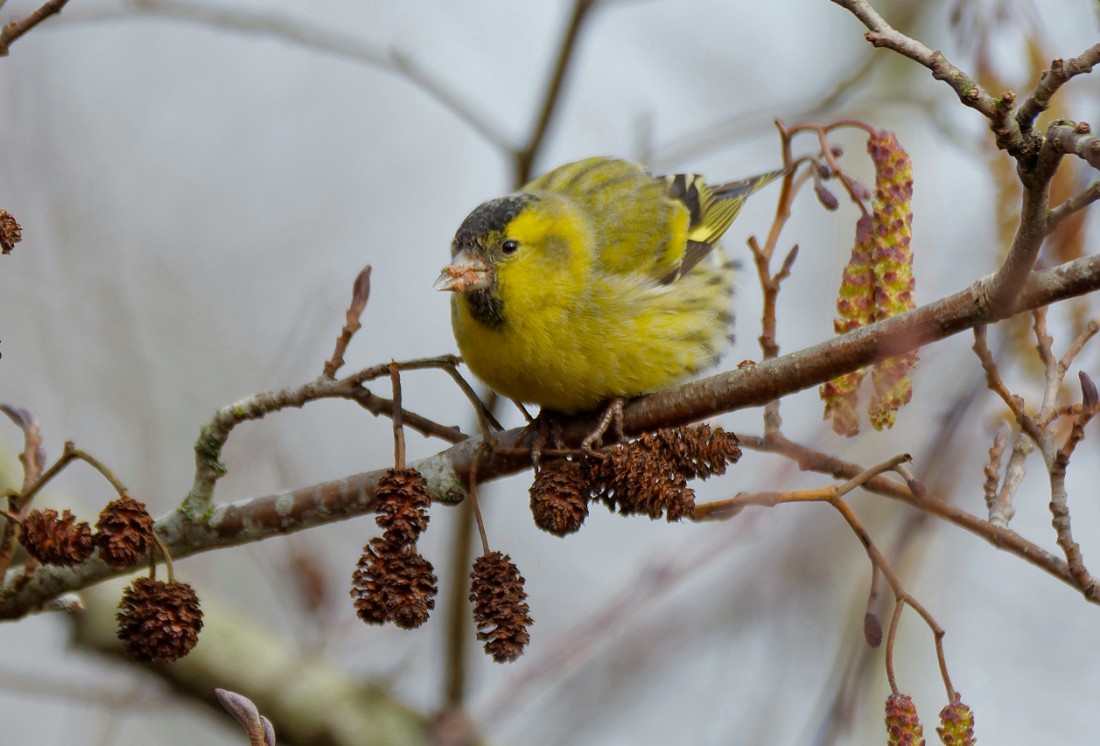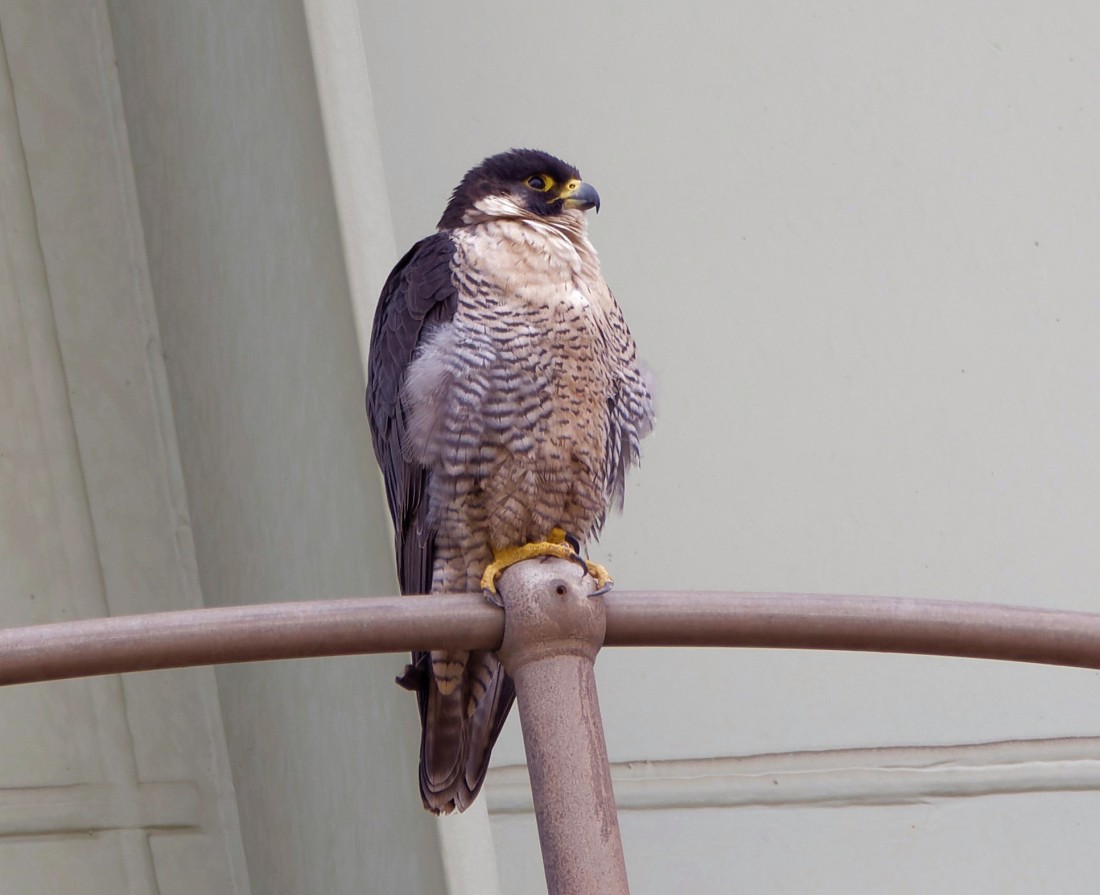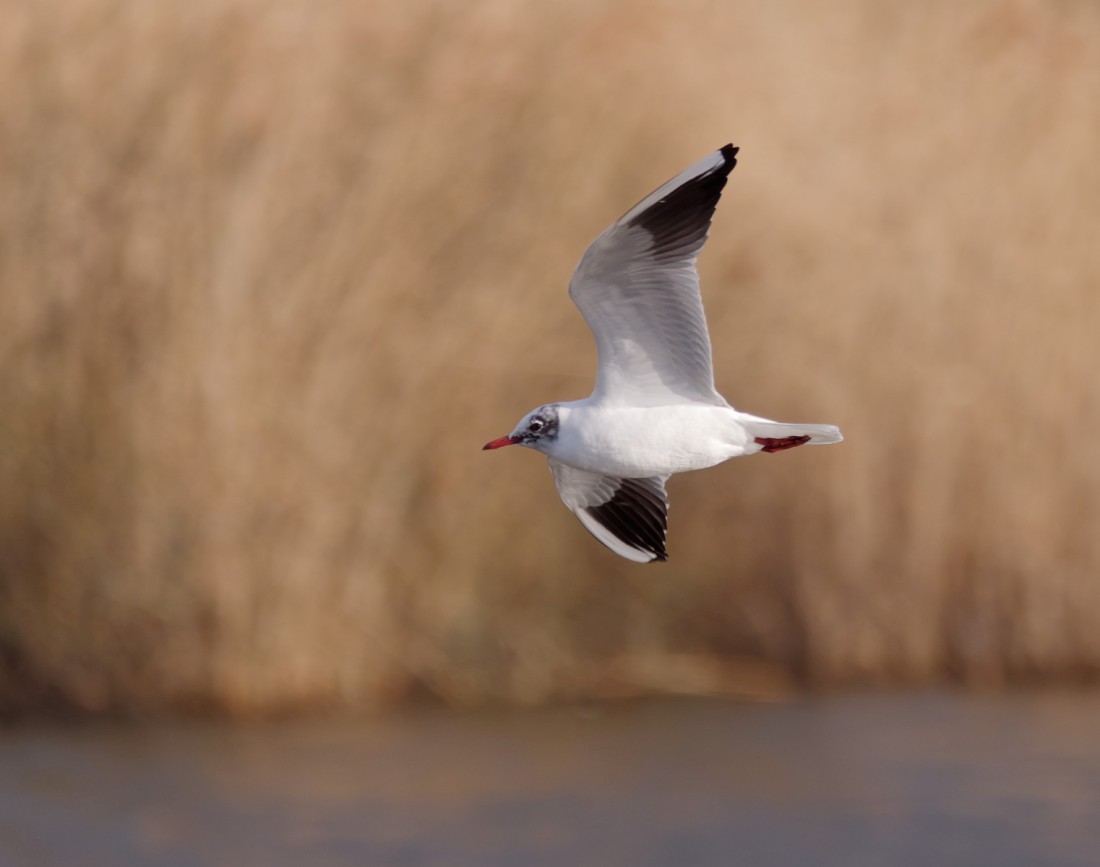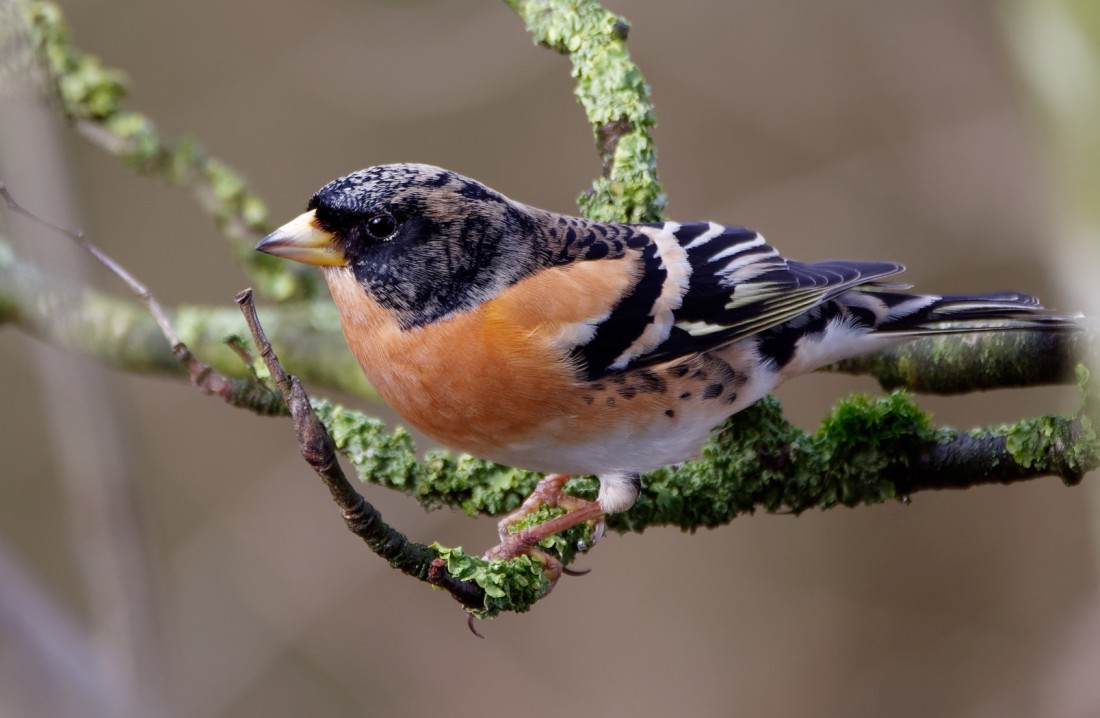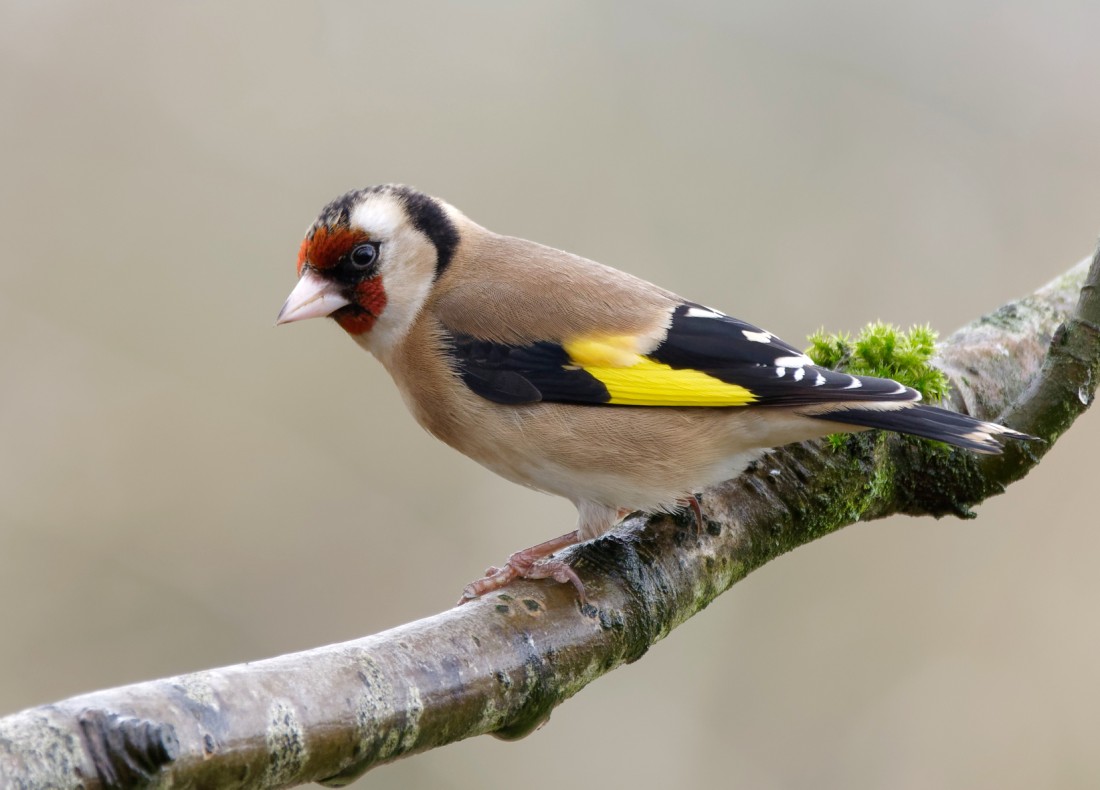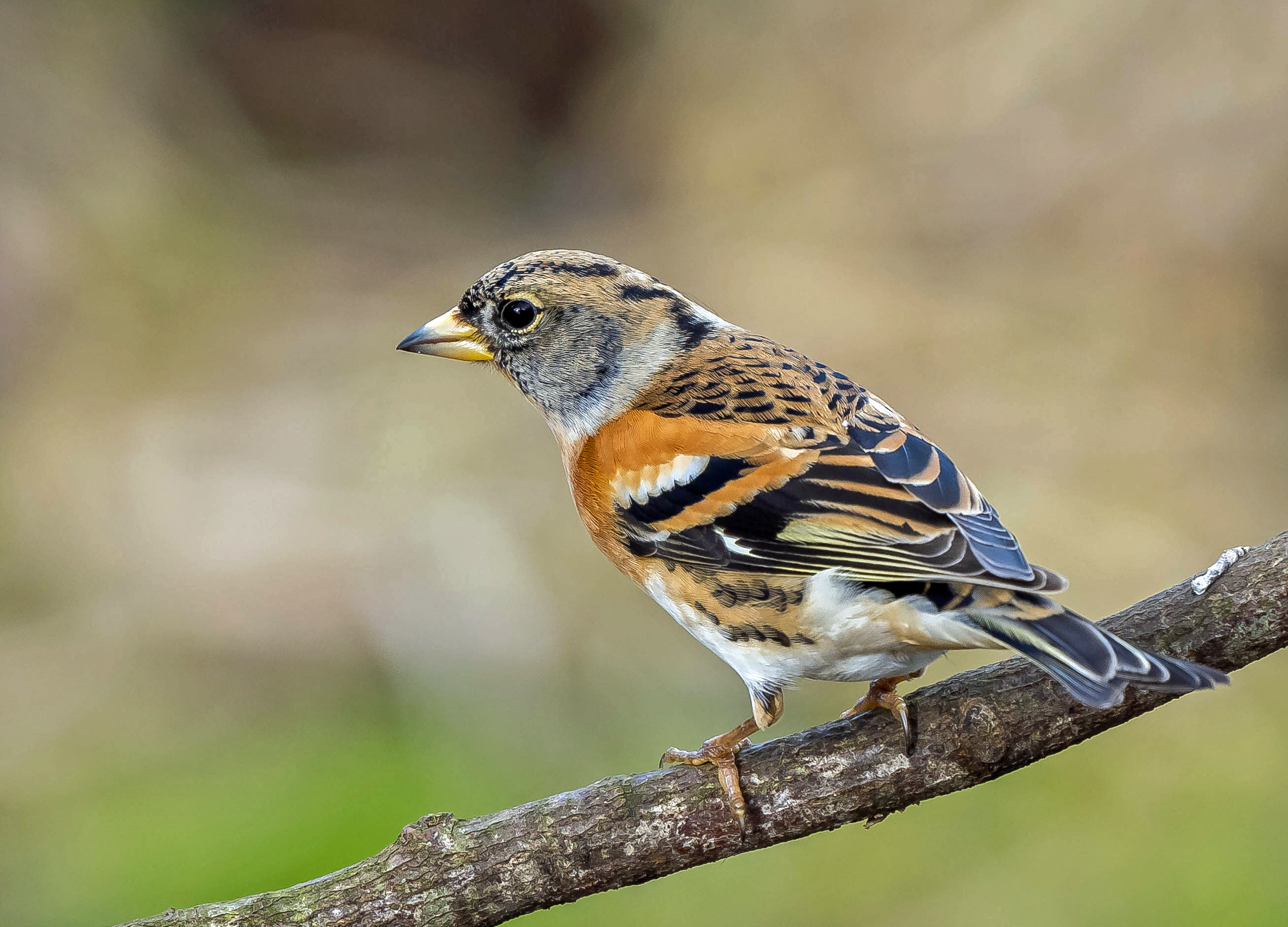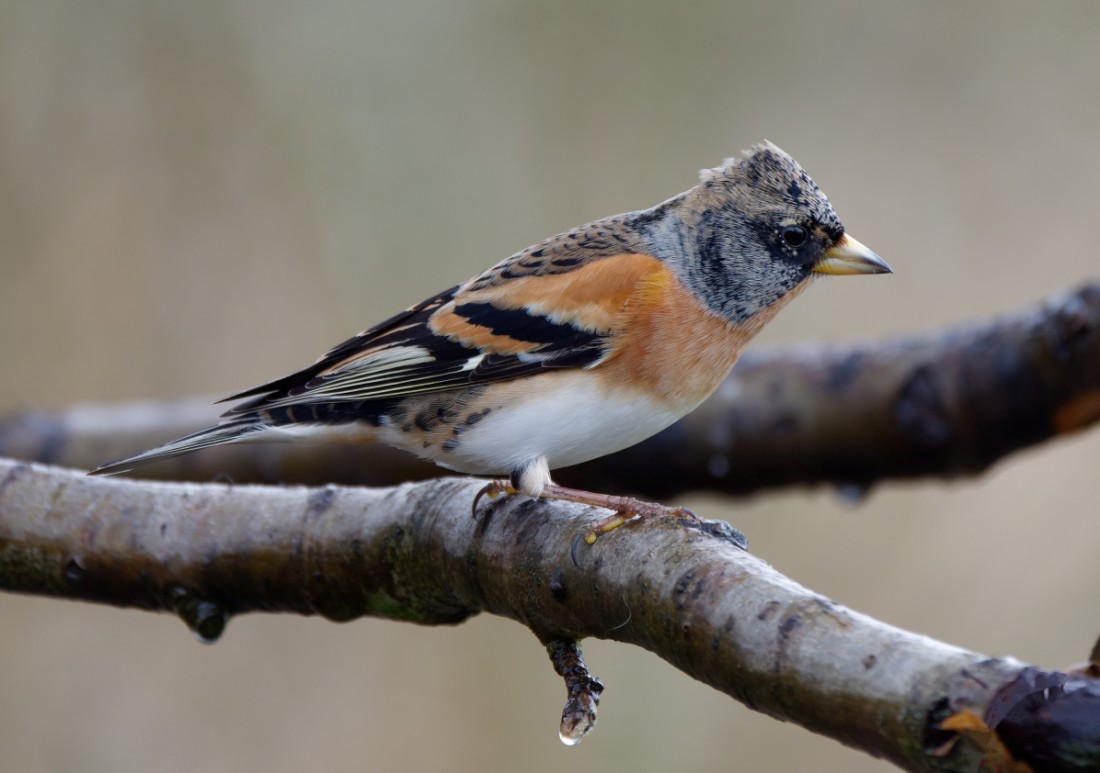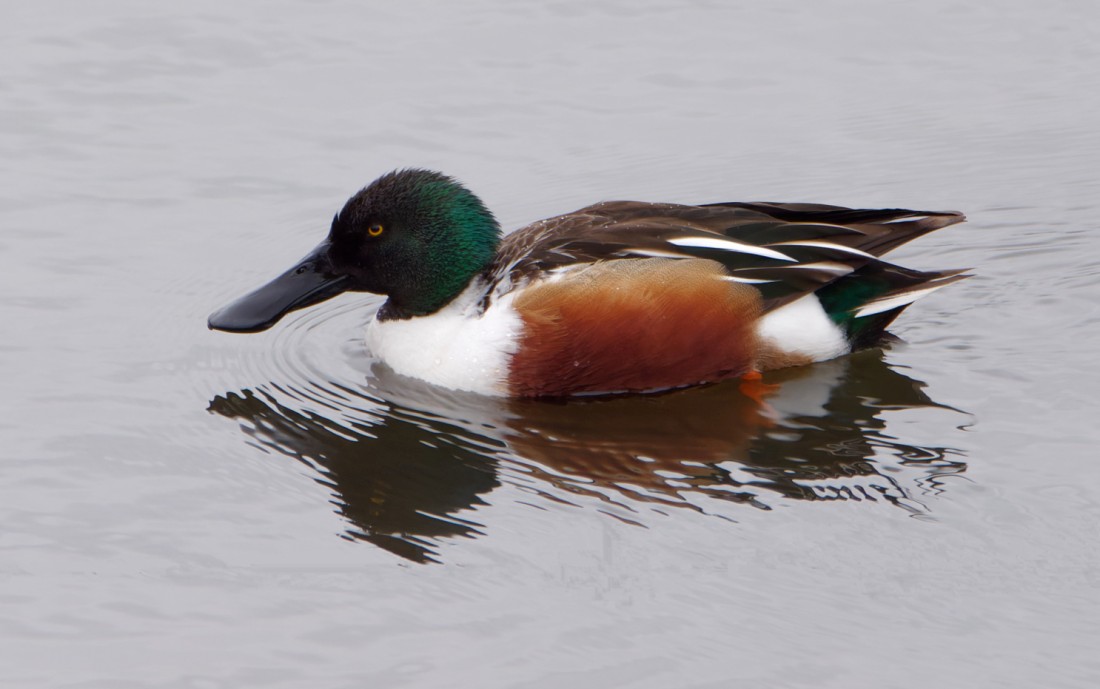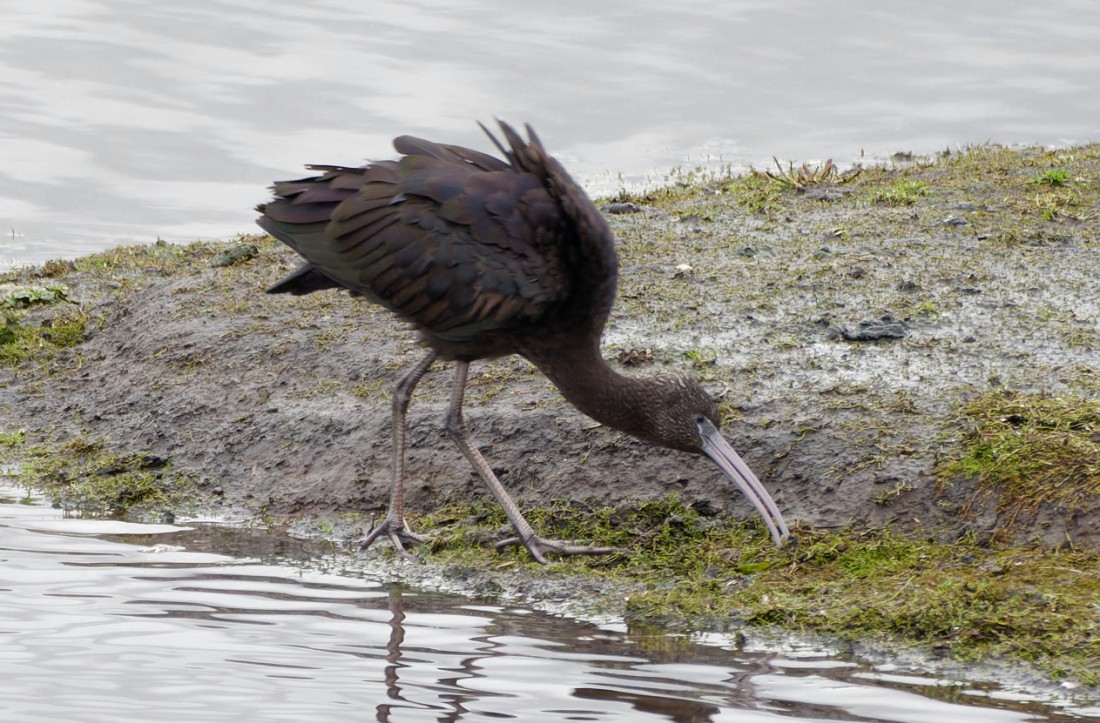Woolston Eyes Monthly Sightings
2022-02-27
This link is to a short video from the past week, showing Siskin, Peregrine and a hunting Marsh Harrier with prey, plus other more common birds.
To watch David’s video CLICK HERE… or cut and paste the following link into your browser https://youtu.be/n3fn8y7otIU Cheers David
Submitted by: David Bowman
2022-02-26
A beautiful late winter morning, with more than a hint of spring in the air. We started in the Morgan Hide on No.3 bed before walking through No.1 bed and down to Bollin Point before ending up back in the Morgan Hide. Plenty of birds were in song, including Reed Buntings, Goldcrest, Willow Tit and Coal Tit, plus plenty of Song Thrushes, Great Tits, Robins and Wrens.. The chunky female Peregrine was looking settled near the regular Viaduct nest site and near Bollin Point, 4 Ravens and 22 Siskins were the highlights, with a few Skylarks and Meadow Pipits by the Elevated Pools on No.1 bed. It is always an additional pleasure to bump into one of the Reserves mammals and today it was a very smart Stoat, bounding out onto the path right in front of us before disappearing into the undergrowth. Finally, back on No.3 bed we enjoyed the sight of 160 Bramblings under the Morgan Hide feeders before finishing with a brief fungal foray. Photo of the female Peregrine Cheers David Bowman (with Daniel Owen, Helen Wynn, Brian Baird and Dave Steel)
Submitted by: David Bowman
2022-02-24
It felt spring-like, as I walked on to No.3 bed this morning, with a solitary Curlew passing over, calling plaintively above the cacophony from the Black-headed Gull colony. It didn’t last, though as we then had one of those “four seasons in a day” mornings, with alternating warm sunshine, icy squalls, rain, hailstones and snow. While there were still plenty of Bramblings around, they were less evident than recently and it may be that some have already moved on. Highlights from the bed were: the long-staying immature male Marsh Harrier, 40 Pochard, a handful of passing Siskins, Redwings and Skylarks, along with 240 squabbling Black-headed Gulls at the colony. Later on, we walked onto No.4 bed where a pair of Oystercatchers, 50 Lapwings, 10 Pochard, 30 Linnets and a mixed roosting flock of three hundred gulls were the pick of the bunch. Photo of a Black-headed Gull Cheers David Bowman (with Daniel Owen)
Submitted by: David Bowman
2022-02-23
A mostly dry day for once as winter hopefully begins to give way to spring. Numbers of Tufted Duck were much reduced with a Reserve total of 330 and the flock that has been at Bollin Point has now dispersed. Coot numbers still totalled 95 with more than half on the new wetland and 106 Canada Geese included many that had paired up ready for breeding. Pochard totalled 37 which is indicative of the decline in numbers in recent years, partially as a result of less severe winters in Eastern Europe. Four Pintail (2 males and 2 females) were on No.3 bed while the long-staying pair of Goldeneye was still on the river to the north of No.1 bed. The white Goose which had been around for a few days was on No.3 bed. Other sightings of note were two Cetti’s Warblers in song, 35 Lapwing on the new wetland and 3 Ravens flying south towards No.1 bed calling noisily. The recent storms have caused some erosion of the river bank to the north of No.1 bed while on a more positive note it was good to see work being carried out to fill in the potholes on the canal track!
Submitted by: Dave Hackett
2022-02-22
This morning’s blustery showers cleared after a couple of hours, to make for pleasant conditions with dramatic skies. Walking on to No.3 bed, I was delighted to hear the raucous sound of Black-headed Gulls back at the breeding colony. 230 were out on the water, interacting and showing early signs of display, including carrying bits of reed around. They’ll come and go for a while, with numbers steadily building up to a peak of over a thousand, before settling down to breed. Our hope is that we can retain the No.3 bed colony, while another colony is established on the many islands on the new No.4 bed wetland. Early on, too, a new record count for Bramblings was set, when 440 was counted, in small groups, flighting in from a roost on No.2 bed, Remarkably, his attractive finch now the dominant species at all the feeding stations on the bed. The long-staying immature male Marsh Harrier was again present and a pair of Oystercatchers also dropped in before I spent the rest of the morning doing a tour of the No.4 bed wetland, which looks ever more impressive as the western cell starts to fill. Photo of a male Brambling Cheers David Bowman
Submitted by: David Bowman
2022-02-20
WeBS Count 19/02/2022 Little Grebe 14, Great Crested Grebe 6, Cormorant 22, Mute Swan 33, Heron 2, Shelduck 17, Greylag Goose 104, Canada Goose 39, Teal 276, Gadwall 84, Mallard 121, Shoveler 167, Pochard 15, Tufted Duck 432 ,Goldeneye 1, Water Rail 1 Moorhen 21, Coot 131, Lapwing 32, Snipe 1, Kingfisher 1, Black-headed Gull 155, Great Black-backed Gull 7. Lesser Black-backed Gull 13, Herring Gull 1. Many thanks to all the counters for braving the awful weather.
Submitted by: Brian Martin
2022-02-19
It was the monthly Wetland Birds Survey (WeBS) this morning, on a day which started with a crisp, clear and rosy dawn before persistent icy rain set in. Helen Wynn, Lizzie Hill and I completed the count on No.3 bed, while other wardens surveyed the other three beds. The No.3 bed wetland bird totals included: 1 Water Rail, 1 Kingfisher, 1 Snipe, 9 Little Grebes, 2 Great Crested Grebes, 16 Cormorants (from a roost), 24 Mallard, 42 Greylag Geese, 25 Canada Geese, 9 Mute Swans, 220 Teal, 35 Black-headed Gulls, 3 Lesser Black-backed Gulls, 34 Coot, 9 Shelduck, 86 Shoveler, 14 Moorhens, 23 Gadwall, 33 Tufted Ducks and 5 Pochard. The count was made easier for us by the activities of an immature male Marsh Harrier, which flushed all the wildfowl from cover before making a kill, which it proceeded to pluck and eat at the edge of the reeds before continuing to hunt, on and off, all morning. Aside from the water-birds, we were treated to the spectacular sight of more than 200 Bramblings feeding under the Morgan Hide feeders. Kieran Foster and his ringing team have now caught and ringed 189 Bramblings in the centre of the bed over the past month or so, with the two peak months still to come. Photo of Goldfinch Cheers David Bowman
Submitted by: David Bowman
2022-02-17
Despite gale force winds and driving hailstones at dawn, the morning eventually turned sunny and mild. This triggered plenty of early breeding behaviour by the water-birds, ranging from pairing and displaying through to mating by some of the Mallards - always well ahead of the rest! Brambling numbers were a conservative 420, though the fact that 160 have been newly ringed in the centre of No.3 bed with very few re-traps, might suggest that many more are present or have passed through. The link is to a short video showing some of the wildfowl activity ( including Gadwall, Shoveler, Shelduck, Tufted Duck, Mallard, Canada Goose and Great Crested Grebe), plus Oystercatcher, Marsh Harrier and a few of the Bramblings.
To view David’s video CLICK HERE… or cut and paste the following link into your browser.
https://youtu.be/_l7tDus6WFs
Cheers David Bowman
Submitted by: David Bowman
2022-02-15
Some additional records to add to Dave Bowman’s account. Reserve totals;37 Mute Swan, 514 Tufted Duck,106 Gadwall, 76 Canada Geese, 106 Coot, 29 Pochard, 23 Shelduck, 24 Greylag Geese, 11 Great-crested Grebe and a pair of Goldeneye. A Peregrine was on the viaduct and 4 pairs of Oystercatcher were present, one on No.3 bed and 3 on the new wetland. Also in that area were 60 Lesser Black-backed Gulls and 200 Lapwing.
Submitted by: Dave Hackett
2022-02-15
t was a bit bleak early on this morning but the birding was excellent. It started on No.3 bed with a single Glossy Ibis coming out of a roost, possibly on the bed and circling in front of the Morgan Hide before drifting towards the south bank. Then, 420 Bramblings, another record count, were watched flighting in to the centre of the bed from a roost on No.2 bed, before a Marsh Harrier rose out of its roost to flush hundreds of wildfowl out onto the lagoon. These included: 200 Teal, 65 Shoveler, 25 Gadwall, 10 Shelduck and a few Mallard. We then went for a wander onto the new wetland on No.4 bed. The recent rain has started to raise the water level on the completed, western half of the bed, which held: 67 Shoveler, 11 Shelduck, 60 Lapwings, 58 Coot, 10 Gadwall, 45 Teal, 350 Black-headed Gulls, 39 Lesser Black-backed Gulls, 29 Herring Gulls, 3 Common Gulls and 3 Great Black-backed Gulls. In addition, there were a few wildfowl on the Loop of the bed, including 10 Pochard. The final treat was a pair of Willow Tits on territory in the north-west corner. Photo of a Brambling Cheers David Bowman (with Dan Owen and Dan Gornall)
Submitted by: David Bowman
2022-02-12
There was a cold wind with occasional icy showers at this morning but the birds more than made up for it. Early on we noticed small flocks of Bramblings flighting in to the centre of No.3 bed, seeming to come from a roost site on No.2 bed. In just over half an hour around 400 had dropped in, by far the highest count we’ve ever had. Numbers of these colourful winter visitors from Fenno-Scandia have been growing steadily over the past six weeks, a fact reflected in the number ringed on the bed, which stands at a record 148 with the two peak months of March and April still to come. In addition, a hunting Marsh Harrier flushed most of the wildfowl out of the reedbeds, enabling us to get counts of 135 Shoveler and 250 Teal, 7 Shelducks, 12 Pochard, 80 Tufted Duck, 38 Gadwall and 21 Mallards. Despite the conditions, many of the wildfowl were engaged in pairing and display behaviour, as were several pairs of Great Crested and Little Grebe, so spring can’t be that far away - can it? Photo of a drake Shoveler Cheers David Bowman (with Daniel Owen and Brian Baird)
Submitted by: David Bowman
2022-02-11
With one or two of the Glossy Ibis still putting in brief appearances most days this week, here is a link to a short video clip of the one which was in front of the Morgan Hide on Wednesday.
To view David’s video CLICK HERE… or cut and paste the following link into your browser.
https://youtu.be/7659CrAXZIo
Cheers David
Submitted by: David Bowman
2022-02-09
Well, that was lucky. With a meeting planned to review progress with the new wetland on No.4, I decided to arrive early to see if I could find the two Glossy Ibis which have put in a couple of appearances on No.3 bed since Sunday. It was raining steadily when I reached the Morgan Hide and didn’t look too promising, so I was delighted when the distinctive shape of an ibis came gliding through the gloom to pitch onto the Morgan Hide scrape. It proceeded to drive off all the feeding Moorhens and Coot and then fed actively for twenty minutes before flying off towards the southern end of the bed. Its behaviour made me think that it might stick around for a while and if so, hopefully, more people will get to see it. I then made a brief visit to the Hogg Hide, where 50 Bramblings feeding on the ground made for a really colourful sight. As ever, the meeting with colleagues from the RSPB and Steve Fletcher, our contractor, was very productive, with the wetland really starting to take shape and completion likely by late summer. Photo of the Glossy Ibis Cheers David Bowman
Submitted by: David Bowman
2022-02-08
Although I missed out on the Glossy Ibis it was nevertheless a rewarding day with interest in all areas of the Reserve. Wildfowl totals remained high and 817 Tufted Duck was an excellent count. In addition, 102 Mallard, 99 Coot, 20 Shelduck and 53 Pochard were notable, with 25 of the latter species on the Loop alone. A pair of Goldeneye was on the river to the north of No.1 bed. The new wetland area on No.4 bed held 2 Great Black-backed Gull and a single Snipe was flushed as the work nears completion. 56 Robin were in song together with 10 Song Thrush. A group of 10 Siskin was feeding on Alders on Butchersfield Tip. The feeders at the John Morgan Hide were quiet for once but a Nuthatch and a single Brambling (!) were present.
Submitted by: Dave Hackett
2022-02-07
With a busy day ahead it was a quick dawn dash to Woolston Eyes to see if the two Glossy Ibis which were brought in by yesterday’s foul weather were still present. Unfortunately, there was no sign of them but I suspect we’ll be seeing more of them in the future, after recording our first one last year. They are a wetland species which breed around the Mediterranean basin and in dry summers they push northwards looking for alternative breeding sites, often staying well into the winter. It probably won’t be long, as the climate continues to warm, before they establish a UK breeding population. Not a wasted morning, though, as it was worth rolling out of bed early to see another spectacular sunrise, along with a hunting Barn Owl, a quartering female Marsh Harrier, a couple of hundred Fieldfares and plenty of Bramblings on No.3 bed, plus a few Jack Snipe on No.4 bed Photo of a Grey Wagtail Cheers David Bowman
Submitted by: David Bowman
2022-02-02
A much calmer day after yesterday’s strong winds with good numbers of wildfowl across the reserve. Overall totals included 130 mallard, 783 tufted duck, 35 mute swan, 32 pochard, 116 coot, 23 shelduck, 80 canada geese and 101 shoveler. 550 lapwing were on one of the islands on the new wetland on No.4 bed and 2 male pintail were on the loop. Plenty of birds were in song including 54 robin, whilst little grebe were trilling on No.2 bed and the fish refuge. The feeders on No.3 bed hosted about 100 brambling, 50 greenfinch, 50 chaffinch and three stock dove.
Submitted by: Dave Hackett

